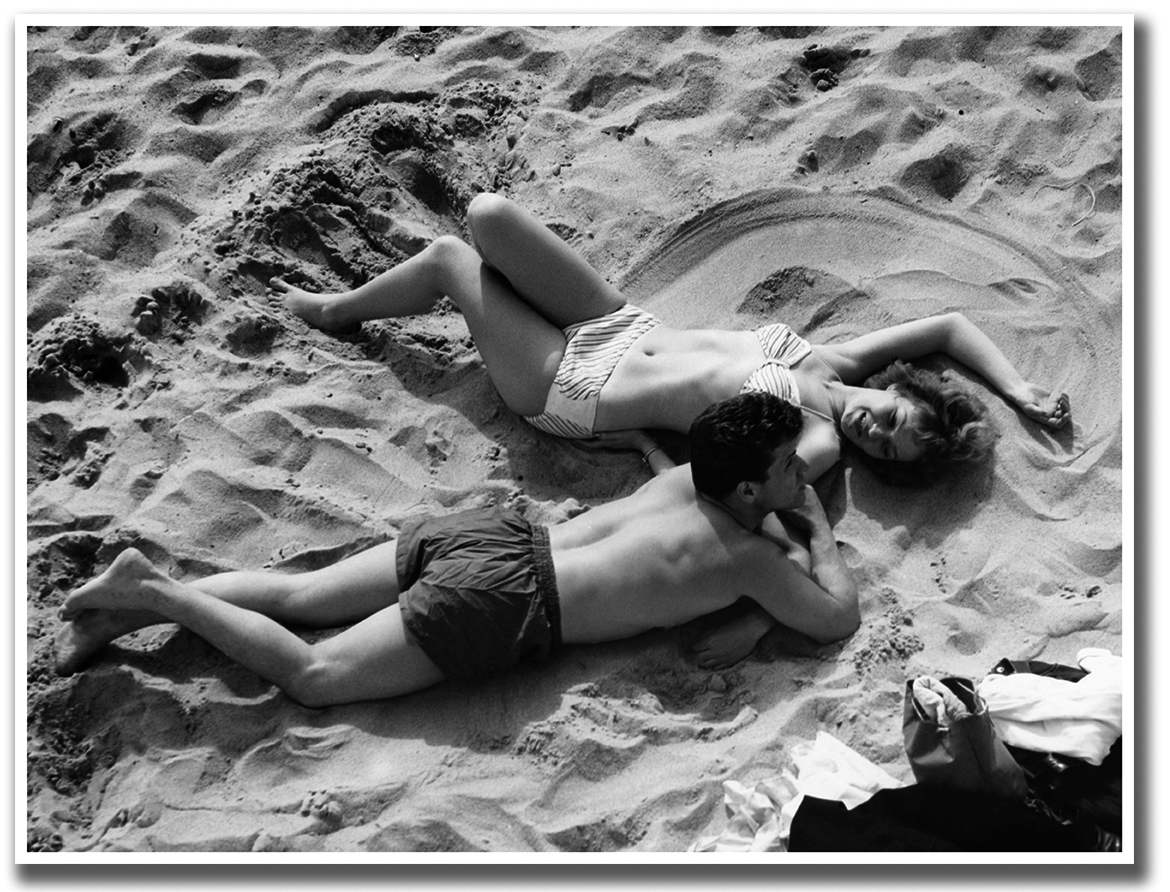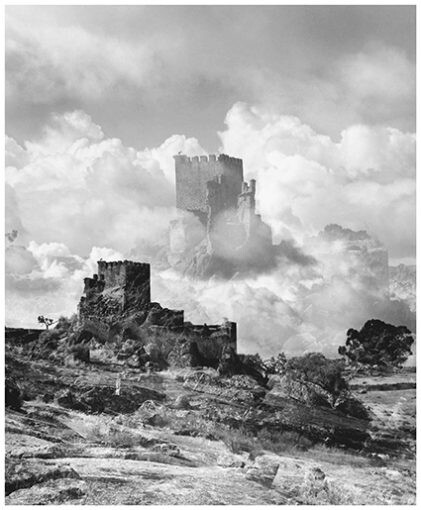Artist / Kees Scherer (1920 - 1993)
Biography
Christoffel Johannes (Kees) Scherer (Amsterdam, April 16, 1920 – January 19, 1993) was a Dutch photographer who became known for his street photography and his contribution to Dutch photojournalism.
Lifecycle
Early life
Scherer was born on the Lijnbaansgracht in Amsterdam's Jordaan. His father, Theo Scherer, was a dock worker and a socialist from the very beginning. His mother, Wilhelmina Koster, came from Wemeldinge in Zeeland.
Career
After the liberation in 1945, Scherer started his career as a freelance photographer for newspapers and magazines. He made a name for himself with his reports on the flood disaster in 1953 and the Hungarian uprising in 1956. In 1955 he was one of the co-founders of World Press Photo. This initiative grew into the world's most authoritative photo event, in which more than 15,000 professional photographers from almost 70 countries participate annually.
Scherer developed into a world-exploring photojournalist. He published for many years in ‘Margriet’ en ‘Avenue’, which he helped found, and belonged to the generation of photographers who made reportage photography accessible to a wide audience. He collaborated with writers such as Ed Hoornik, Max Dendermonde, Bert Schierbeek and Evert Werkman. He made many travel reports with the journalists Ruud Kok and Peter Lichtenauer and with Peter van der Velde, whom he hired as a young photographer. This collaboration would last until 1974. In addition to reports, Scherer took care of the photography of a large number of calendars and numerous photo books. He created a series of books ‘Kijk op.....’ for publisher Elsevier, which depicted the urban beauty and natural splendor of the Dutch provinces.
Photography style and influence
Scherer's photography is characterized by its honest and unvarnished portrayal in black and white of daily life in the 1950s and 1960s. His photographs are not only a documentation of reality, but also a reflection of his socialist beliefs. Scherer's work has been exhibited in several museums, including the Stedelijk Museum in Amsterdam. His photographs are also included in the collection of the Rijksmuseum in Amsterdam.
Private life
On the same day that his book ‘Zuiderzee, dead water, new life’ (1987) was published, Scherer suffered a stroke.
Since then he could no longer speak, write or take photos. He was admitted to the ‘Het Zonnehuis hospice’ in Amstelveen. Scherer died on April 19, 1993. His nautical collection was auctioned after his death and formed the financial basis for the Kees Scherer Photo Archive Foundation. The Foundation establishes a biennial prize worth 5,000 euros, the ‘Foto Kees Scherer Prize’, for the best photo book published in the Netherlands in the two years prior to the awarding of the prize.
Vintage Prints
His archive was managed by Vintage Photo Gallery Naarden from 1987 to 2005.
In 2005, this archive was transferred to the Maria Austria Institute in Amsterdam.
However, the enormous vintage photo collection is still in the hands of the Vintage Photo Gallery Naarden.



